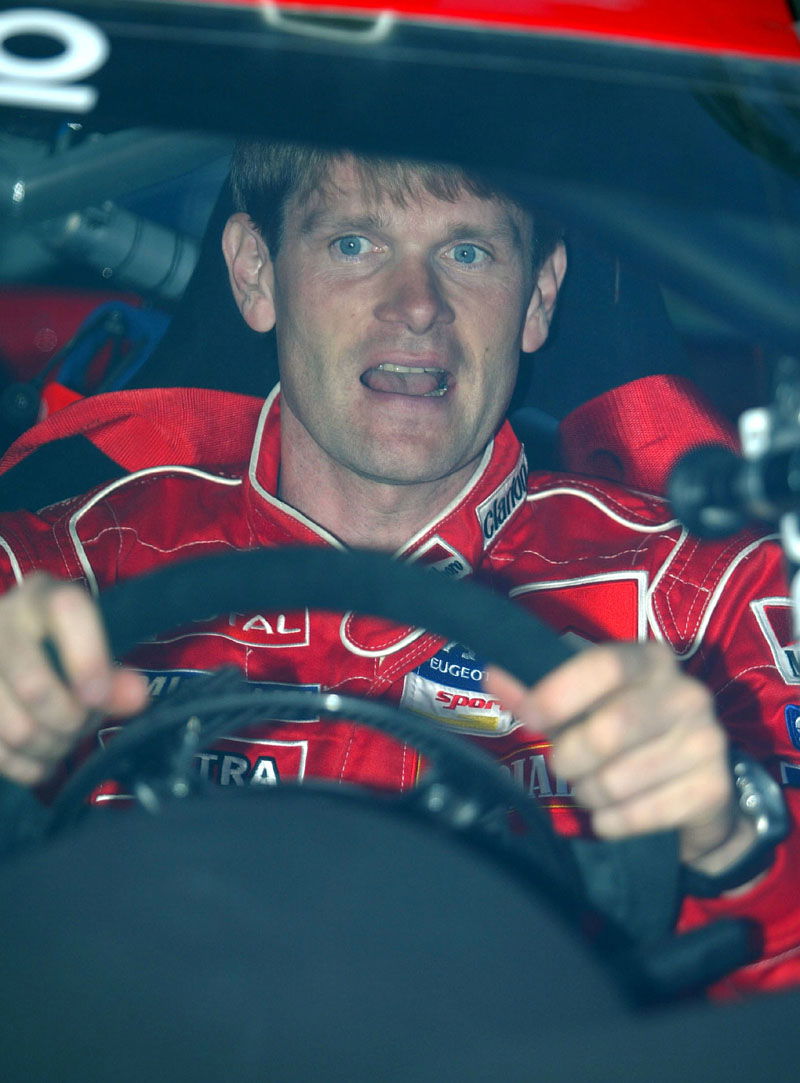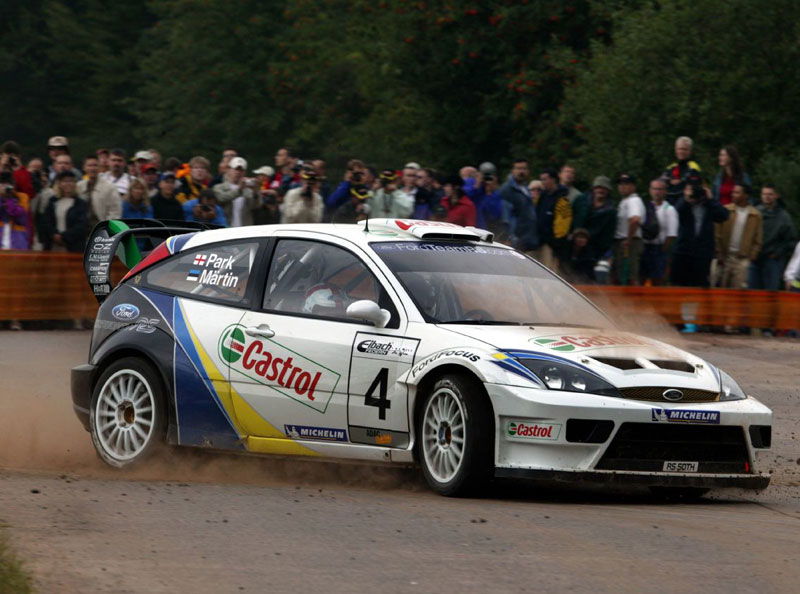Q&A: Thomas Ingenlath - chief designer, Skoda.
Thomas Ingenlath has been the chief designer for Skoda Auto since March 2000. Here he explains the design process behind the transformation of the Fabia RS road car into the Fabia WRC World Rally car...
Q:
How long did it take you to design the ?koda Fabia WRC?
Thomas Ingenlath:
All in all the process took almost nine months from the first sketches to the final data in the computer that were used to make the tooling for Fabia WRC body.
Q:
How many people have been involved with the design?

Thomas Ingenlath has been the chief designer for Skoda Auto since March 2000. Here he explains the design process behind the transformation of the Fabia RS road car into the Fabia WRC World Rally car...
Q:
How long did it take you to design the ?koda Fabia WRC?
Thomas Ingenlath:
All in all the process took almost nine months from the first sketches to the final data in the computer that were used to make the tooling for Fabia WRC body.
Q:
How many people have been involved with the design?
TI:
The designer that came up with the idea for the final design and took care of the model during the whole process is Daniel Petr. He is crazy about motorsport and was already involved in the design of the Octavia WRC. The modeling team was up to six modelers. You need people to prepare different versions of wings to be tested in the wind tunnel and people to sleek the clay so that the highlights run perfectly.
Q:
The ?koda Fabia WRC is based on the ?koda Fabia RS. What are the main design differences?
TI:
The rally car has a complex four-wheel drive system, where the Fabia RS has a front-wheel drive system. This means that we have to provide space under the car for all the components and modify the floor pan of the car. The Fabia WRC also has a wider body than the Fabia RS, which means that we had to modify the sides of the car.
With its giant wheels and wide track the bumpers and wheel arches had to be completely modified. That is why we used the blister theme for the fenders, a classic feature of the rally car history as being used on the Audi Quattro and the Lancia Integrale.
An important difference is that the rally car has a safety cage inside made of tubing and is much stiffer than the road car to cope with the heavy impacts which the rally car has to take during the high-speed sections on rough roads. Therefore the interior of the WRC was completely stripped out and reduced to the technical functions.
Q:
Which were the main prerequisites you had to take into account?
TI:
The car has to comply with the rules of the Federation Internationale Automobile (FIA). The FIA defines the basic dimensions, the minimum weight, and the technical specification for all cars that take part in any form of international competition. We also looked at aerodynamics, because the cars sometimes reach high speeds and road holding is one of the main things in rallying.
Q:
Which design features did you use which are typical for Skoda Auto?
TI:
Basically we tried to emphasize the key design features of the Fabia in the WRC model and make it a beefy little power machine with the self-confident and cheeky face from the production car. The solid styling of the Fabia is perfectly counter-balanced by the big wheels and wide track of the WRC version. With its big wheels and wide stance the WRC was fun to model and we loved working on it.
Q:
What kind of design tools did you use?
TI:
After collecting various ideas in form of sketches we started, after four weeks, a full-size clay model. We modeled the left side different to the right side, according to two different ideas for the fenders. After another month we decided for the better-looking version. The model was then made symmetrical and all the details were put in.
Later we spent a lot of time in the wind tunnel to get the spoiler shapes at front and back right, so that they would fulfill the demands of our engineers. At the end all that was scanned in 3D and "remodeled" in the computer.
?koda Auto uses very modern computer techniques for the design of body structures, and components. We use so-called computer aided design systems (CAD) to remodel the shape of the clay model exactly in perfect surface data. Computer data is also used to calculate strength and durability. For these calculations we use so-called Finite Element calculation software (FEM).
Q:
How did the cooperation with the suppliers take place?
TI:
After the first specification of the ?koda Fabia WRC had been made, our partners were involved immediately. We achieved a very good co-operation in which development steps were taken in parallel. This way we have achieved an optimum package at the end of the day.
Q:
Will design elements of the Fabia WRC also be seen in normal production cars? Does the design of the Fabia WRC generate any knowledge that can be used in the production cars?
TI:
The work on the ?koda Fabia WRC has made us aware how flexible and strong the design of the ?koda Fabia RS is. The Fabia RS is an example of modern design, and I am convinced that it will have a long lease of life.
Q:
What other design work have you carried out for ?koda Auto?
TI:
I have been head of Skoda Design for more than three years. In this time we put the ?koda Superb into production and ?koda Design has presented show cars at various car fairs: the ?koda Fabia, the Ahoj, and the Tudor. We will continue with this tradition at the IAA in Frankfurt this year. And of course the future ?koda Octavia is being designed under my guidance.

